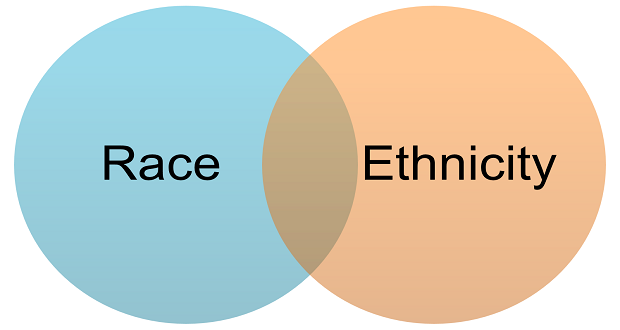Social determinants of health
Social determinants of health
(Social determinants of health)
Discussion Questions
What are the social determinants of health? Explain how social determinants of health contribute to the development of disease. Describe the fundamental idea that the communicable disease chain model is designed to represent. Evaluate the steps a nurse can take to break the link within the communicable disease chain. Resources within your text covering international/global health, and the websites in the topic Resources, will assist you in answering this discussion question.
Answer
Social determinants of health (SDOH) are the conditions in which people are born, grow, live, work, and age. They include factors such as socioeconomic status, education, neighborhood and physical environment, employment, social support networks, and access to healthcare. These determinants significantly influence health outcomes and contribute to health disparities. For instance, individuals in lower socioeconomic groups may experience higher exposure to environmental hazards, limited access to nutritious food, and inadequate healthcare services, all of which can lead to poor health outcomes and increased susceptibility to diseases.
SDOH contribute to the development of disease by creating environments that foster unhealthy behaviors and limit access to preventive measures. For example, lack of access to quality education can result in limited health literacy, making it difficult for individuals to make informed health decisions. Poor housing conditions can lead to chronic stress and exposure to toxins, which can cause respiratory and cardiovascular diseases. Furthermore, inadequate access to healthcare services can delay diagnosis and treatment, exacerbating the progression of diseases.
The communicable disease chain model represents the sequence of events that lead to the transmission of infectious diseases. It includes six key links: the infectious agent, reservoir, portal of exit, mode of transmission, portal of entry, and susceptible host. Breaking any link in this chain can prevent the spread of disease.
Nurses play a crucial role in breaking the link within the communicable disease chain. They can take several steps, including:
- Infection Control Practices: Implementing and adhering to strict hygiene protocols, such as handwashing, using personal protective equipment, and sterilizing medical instruments.
- Vaccination Programs: Promoting and administering vaccines to build immunity in the community.
- Education and Awareness: Providing education to patients and communities about preventive measures, symptoms to watch for, and when to seek medical help.
- Early Detection and Treatment: Conducting screenings and providing timely treatment to infected individuals to reduce transmission.
- Advocacy for Better Living Conditions: Working with policymakers to improve living conditions and access to healthcare services, which can reduce the overall risk of disease spread.
By addressing SDOH and employing effective strategies to interrupt the communicable disease chain, nurses can significantly contribute to better health outcomes and the prevention of diseases.




